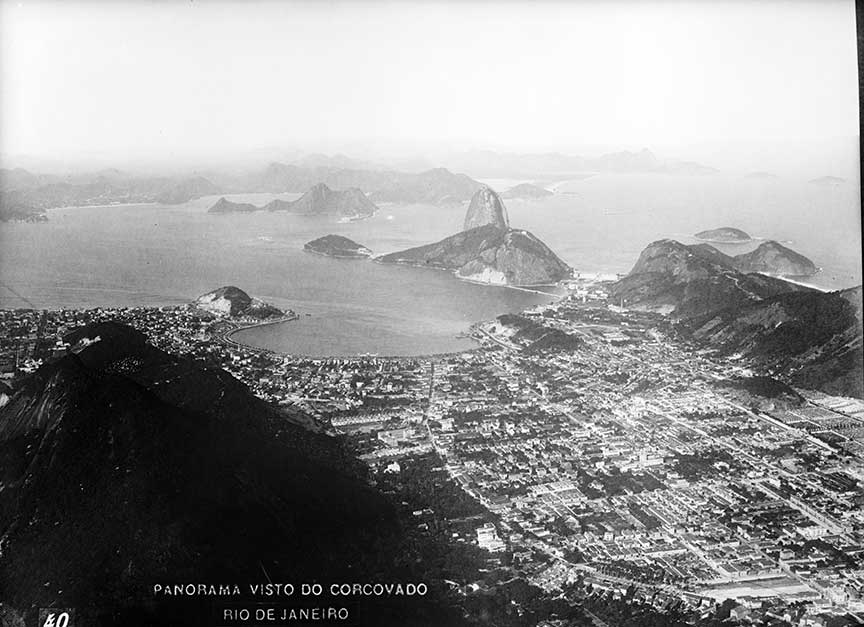Revolt in Brazil

Peru
After Conservative Julio Prestes was elected President, a revolt broke out in the Southern provinces of Brazil. The revolt was led by Getulio Vargas, the governor of Rio Grande do sol. Vargas became President.
Background
The First Brazilian Republic, established in 1889 after the fall of the monarchy, was dominated by the coffee oligarchs, primarily from the states of São Paulo and Minas Gerais. This era was marked by the "café com leite" (coffee with milk) politics, where presidential candidates were alternately chosen from São Paulo (coffee producers) and Minas Gerais (milk producers), ensuring that power remained within this elite circle.
Election of 1930
In 1930, Julio Prestes, a politician from São Paulo, won the presidential election. His victory was contested by the opposition, who alleged electoral fraud and manipulation. Prestes was seen as a continuation of the existing power structures that many felt needed reform.
The Revolt
The opposition, dissatisfied with the ongoing dominance of São Paulo in Brazilian politics and spurred by the economic difficulties brought on by the Great Depression, coalesced around Getúlio Vargas, the governor of Rio Grande do Sul. Vargas had run for presidency in the same election as part of the Aliança Liberal (Liberal Alliance), which had campaigned on a platform advocating for modernization, electoral reform, and economic diversification.
The Revolution
In October 1930, the dissatisfaction culminated in a revolt led by Vargas and his supporters, including military officers and other political leaders from various states, particularly those from the southern provinces such as Rio Grande do Sul, Minas Gerais, and Paraíba. The revolt was relatively swift and decisive, leading to Vargas being installed as the head of a provisional government by the end of the month, effectively preventing Julio Prestes from ever taking office.
Vargas’s Presidency
Getúlio Vargas, once in power, led Brazil through significant changes. His government implemented various reforms intended to modernize the country, including industrial policies that helped develop Brazil’s infrastructure and economy. His tenure also saw the centralization of power and the suppression of opposition, which paved the way for his later rule as a dictator from 1937 to 1945 during the Estado Novo (New State) period.
The 1930 Revolution is significant as it marked a departure from the oligarchic governance of the Old Republic and initiated a period of centralized leadership under Vargas, which would profoundly influence Brazil's political, social, and economic development for decades. Vargas himself remained a central figure in Brazilian politics until his death in 1954.
 >
>